The above quote is no more telling than in the recent vote in Washington State on Proposition 522. A measure that would require labeling on products that contain genetically modified ingredients (GMO's). There was more money pumped into this issue than any in the states history, mostly in the against camp.

Genetically engineered food crops have been around since the 1990s, and they took off rapidly across the United States. Now certain American crops are almost universally GMO: more than 90 percent of soy and sugar beets, and 88 percent of corn, according to the US Department of Agriculture. Modifications are done at the genetic level, often to make a crop resistant to a particular pest or herbicide. The FDA regularly approves new GMO plants—and soon, an animal: GMO salmon are on their way.
Franz Family Bakeries offers a "100% Natural, 100% Whole Grain" loaf of bread, touting its "premium Northwest grown & milled ingredients" and lack of high-fructose corn syrup. When asked about GMOs in their bread, and they "do use cornmeal, soybean oil and canola oil in our products, and most of the corn, soybeans, and sources of canola oil are GMO, so most certainly these ingredients would be genetically modified."
A vast majority of the American public supports labeling foods with GMO ingredients. A 2010 NPR/Thomson Reuters poll found that 93 percent of Americans were on board. Worldwide, more than 60 countries already label foods with GMO ingredients, including members of the European Union, China, Japan, and India. A recent Seattle poll showed that 88 percent of those surveyed wanted to know if their food contained genetically modified ingredients. So it would seem that something as simple as labeling would be a slam dunk, right? WRONG! The measure did not pass. And I for one am flabbergasted by the result of this vote. I had faith in the State of Washington as a health conscience and progressive state. Legalizing same sex marriage and recreational pot use as just an example.
So what happened to Prop 522? That's the easiest part of this story, what happened was money. The giant corporate farming money from companies like Monsanto and Dow Chemical. They poured tens of millions of dollars into advertising in the state of Washington, Record amounts of money warning us of the high prices of food on the horizon for us if we require GMO labeling.
I have researched the top contributors to the No on 522 campaign and vow to withhold any future purchases from these companies. The first one hurts me and was one of the largest contributor, Pepsi Cola spent 1.6 million. It surprised me until I remembered that one of the chief ingredients in both Pepsi and Coke is High Fructose Corn Syrup. Remember that 88% of all corn grown in the U.S. is genetically modified. Coca Cola is also on the list running a close second with over a million dollars in spending.
Nestle USA and Hershey have also given large amounts of money to defend their plantations of GMO Sugar Cane.
General Mills, the makers of cereals you may have even grown to love and trust, along with Kellogg Co. have donated more than three quarters of a million dollars together to try to defeat 522 under the ‘protection’ of the “Defense of Brands Strategic Account” fund set up by the Grocery Manufacturers Association.
Obviously the big players here are Conagra, Dow Chemical and Cargill the big corporate farmers. Monsanto spent over four million dollars to defeat Prop 522. Conagra is the parent company of brands like Hunts, Banquet, Rotel, Davids Seeds, Slim Jim, Marie Callender, Healthy Choice, Reddi Whip, Chef Boyardee, Pam, La Choy, Egg Beaters, Orville Reddinbacher, Wolf Brand Chili and etc. Go to conagrafoods.com to see all of the brands that they have gobbled up and are infusing with genetically modified foods.
Cargill is a company that many of you will be dealing with soon and their biggest retail season as the parent of Honeysuckle White Turkeys and poultry products. But mostly they are a food ingredient supplier. From the feed for your livestock to the malt that goes into your beer. Every aspect of your diet has a genetically modified ingredient from Cargill.
And then there is Dow Chemical. They put chemistry into your diet and frankly, after doing this research I don't think I can eat anything that is not a local produce or home grown for awhile. Some of their products include:
Methocel Food Gums- Help enhance the structure and texture of foods and beverages.
Amberlite and Dowex food grade ion exchange resins and adsorbants-Ion exchange resins and polymeric adsorbents for use in food processing
including sweeteners, beverages, and nutritional products.
Fortefiber-Offers a simple, cost-effective and convenient way for people to increase their
fiber intake.
And there are more frightening ingredients that they offer to chemically enhance our food supply.
Some of the other companies that have aligned their selves with this list : Bimbo Bakeries parent company to Orowheat, Sara Lee and Ballpark.
Land O'Lakes, Del Monte and Campbell Soup.
Their scare tactics have scared the people of Washington but I will fight them back with my wallet. None of these companies will get a dime form me in the future. And I encourage you to do the same until they agree to inform us as to what they are feeding us.
The most telling part of the election was on election night when the results came in. They showed the pro-522 camp with all of their supporters at election headquarters. Hundreds of people, disappointed with the results. Waving banners. The concession speech relaying the thought that if conversation started the loss was not in vain.
Cut away to the victory announcement at the anti-522 winning presser. The spokeswoman at the podium in the usual hotel ballroom set aside for election night. However there were no citizen supporters in the audience for her written and recited comments. I don't mean a sparse crowd. There was not one single person there! Nobody. It just put a spotlight on the fact that there were no citizen supporters of this campaign it was 100 percent corporate. An entirely empty room with one woman giving victory remarks.
How did they scare the public? By telling us that labeling regulations would dramatically increase the price of our food. We were scared into submission and confused about the issue.
What difference does it make?
Chinese researcher shave found small pieces of rice ribonucleic acid (RNA) in the blood and organs of humans who eat rice. The Nanjing University-based team showed that this genetic material will bind to receptors in human liver cells and influence the uptake of cholesterol from the blood.
The type of RNA in question is called microRNA due to its small size. MiRNAs have been studied extensively since their discovery ten years ago, and have been implicated as players in several human diseases including cancer, Alzheimer's, and diabetes. They usually function by turning down or shutting down certain genes. The Chinese research provides the first
in vivo example of ingested plant miRNA surviving digestion and influencing human cell function in this way.
This study had nothing to do with genetically modified (GM) food, but it could have implications on that front. The work shows a pathway by which new food products, such as GM foods, could influence human health in previously unanticipated ways.
The American Academy of Environmental Medicine does not think that GMO's are safe.
" Several animal studies indicate serious health risks associated with GM food,” including infertility, immune problems, accelerated aging, faulty insulin regulation, and changes in major organs and the gastrointestinal system. The AAEM asked physicians to advise patients to avoid GM foods.
So the bottom line is, if this issue comes up on your ballot, do you want to know what you're eating?
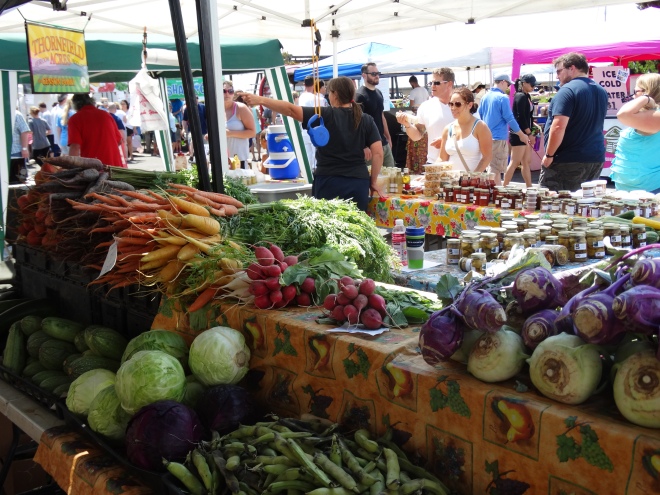
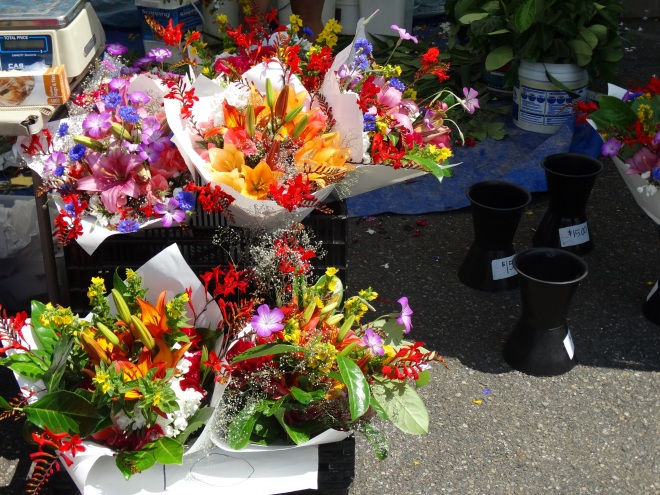


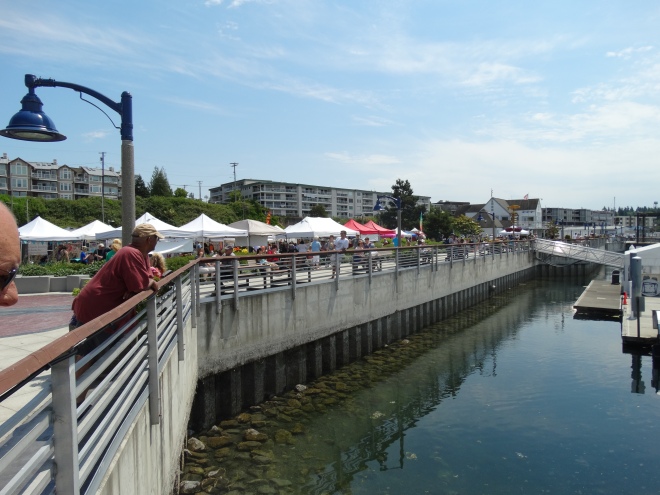
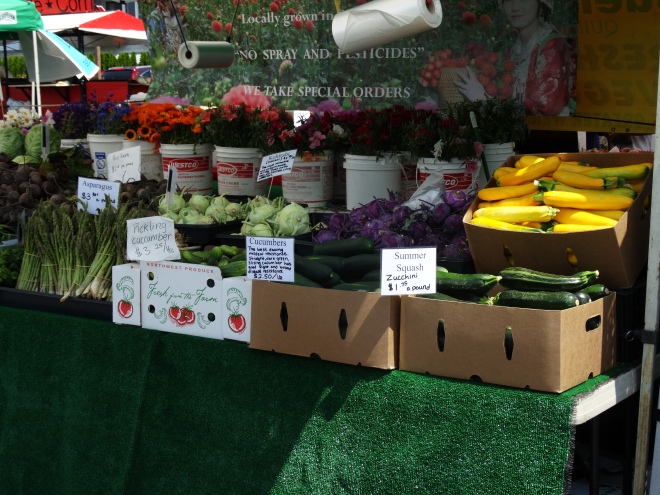
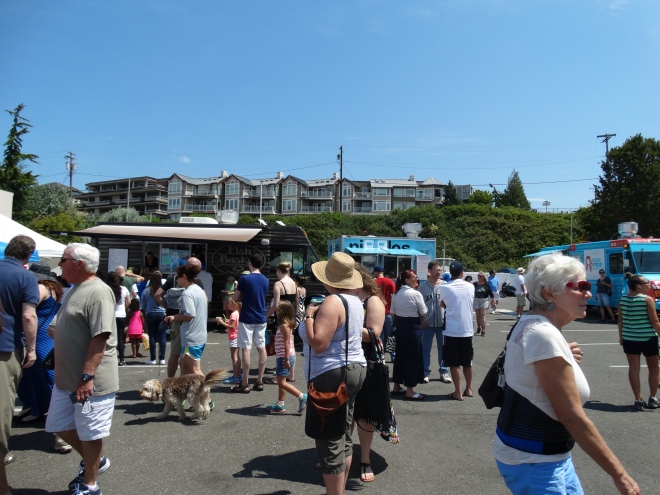

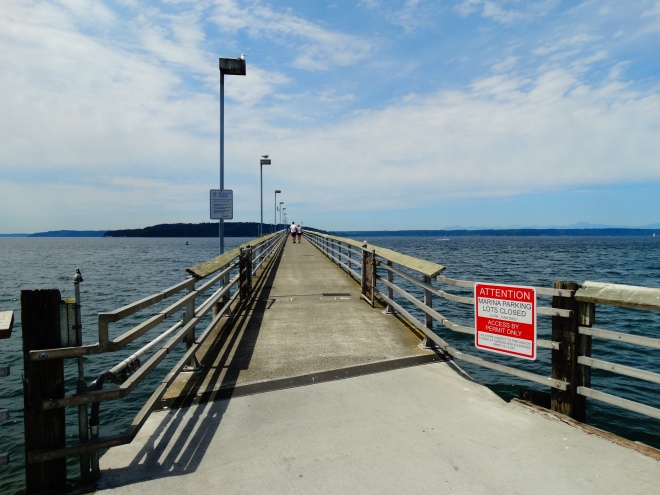
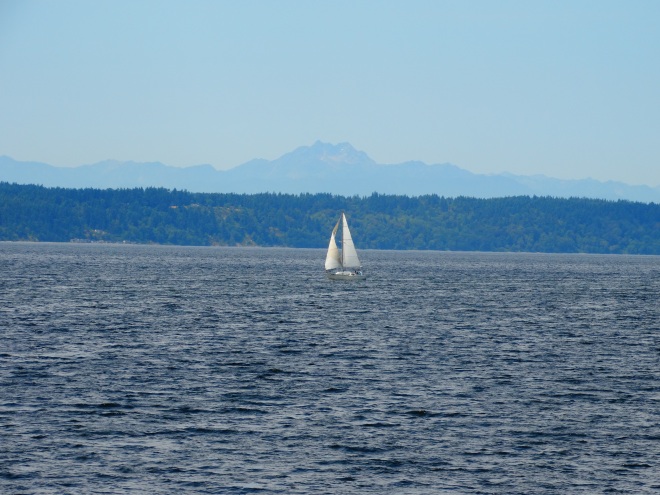



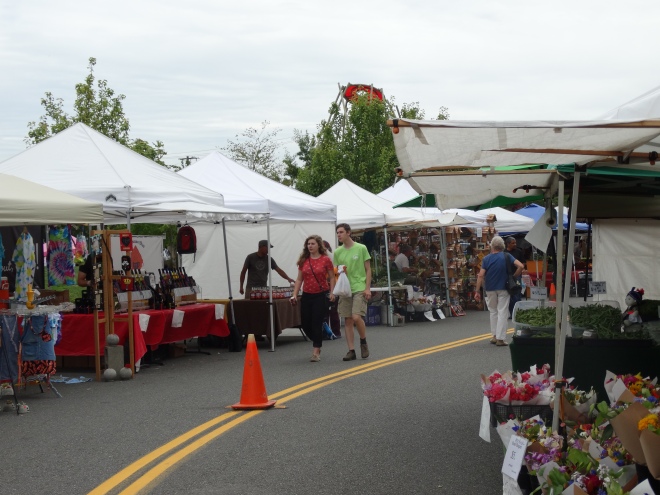

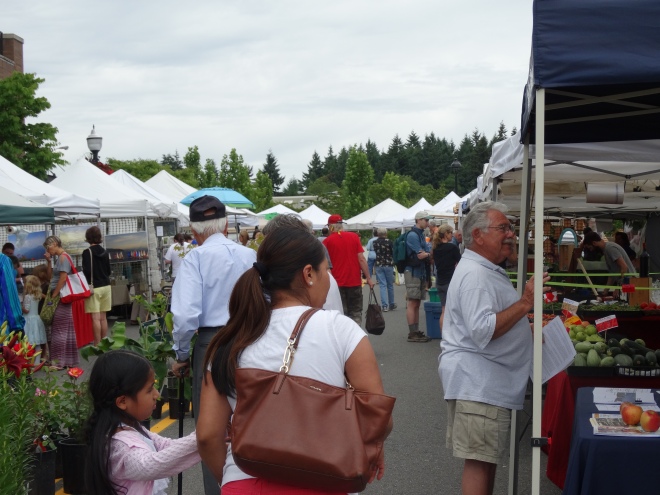

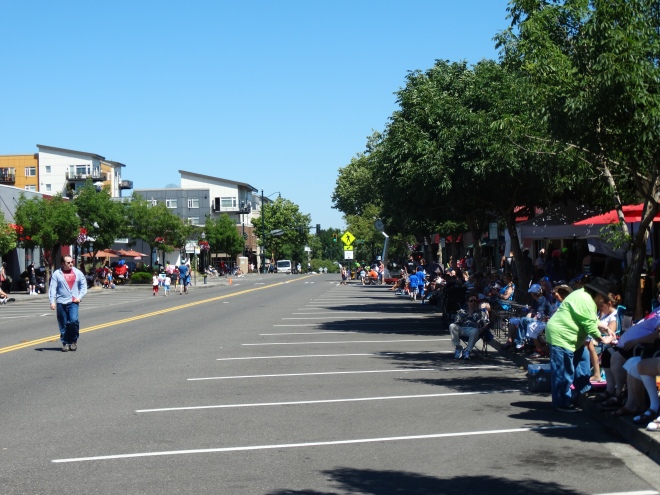

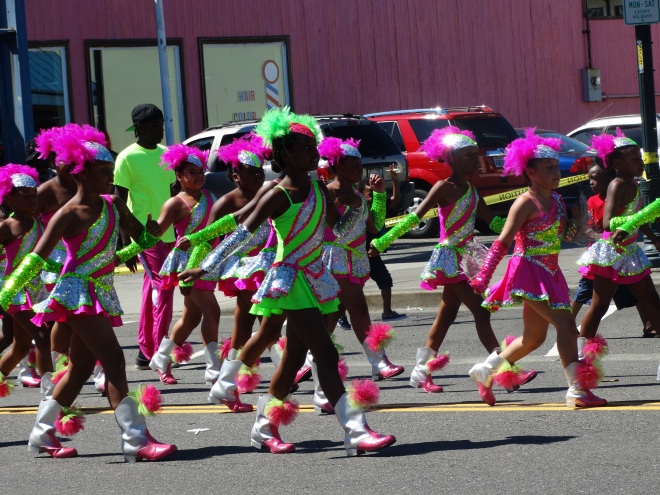

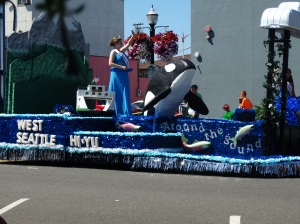


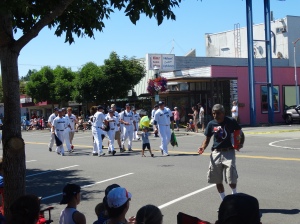



.jpg)
.jpg)
.jpg)
.jpg)




